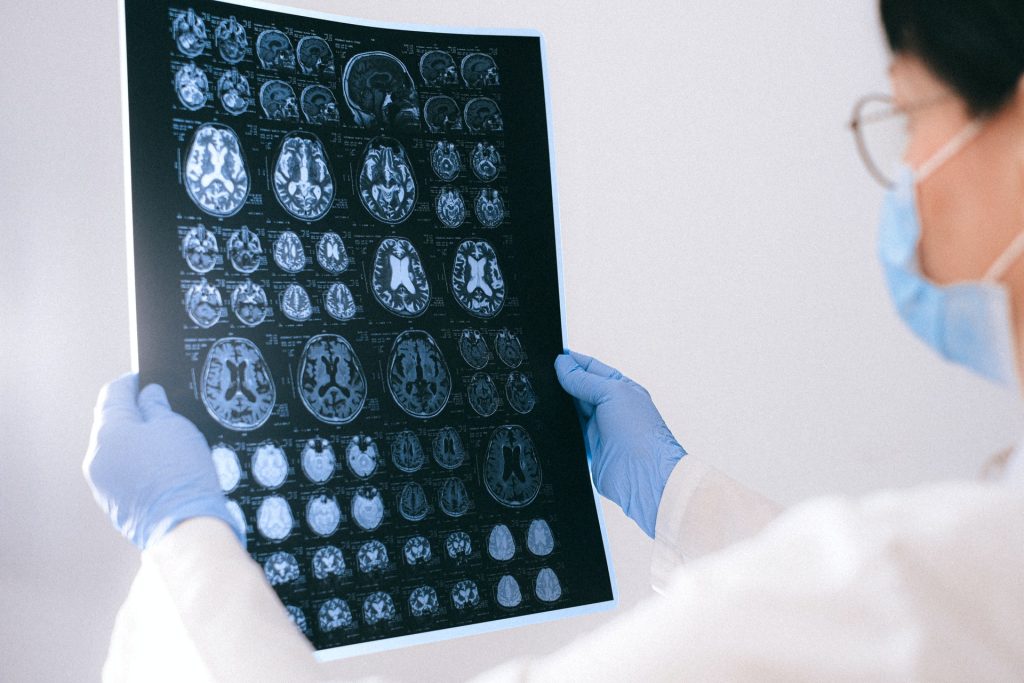Is There a Risk of Manic Episodes in Children Taking Antidepressants?

Mania is a possible but rare side effect of treatment with antidepressant medication in adults, but there is little known about its occurrence in children and adolescents. A newly published paper in JAMA Psychiatry investigated this, finding no evidence of mania/hypomania induced by antidepressants by 12 weeks after treatment initiation. However, caution is necessary in treatment for children with more severe depression or where a parent has bipolar disorder.
“In children and adolescents with unipolar depression, we did not find evidence of antidepressant-induced mania/hypomania by 12 weeks after treatment initiation”, says first author Suvi Virtanen, postdoctoral researcher at Karolinska Insitutet. “This corresponds to the timeframe for antidepressants to exert their psychotropic effect and when treatment-induced mania is expected to emerge. Hospitalisations, parental bipolar disorder, and the use of antipsychotics and antiepileptics were the most important predictors of mania/hypomania.”
Antidepressants are increasingly prescribed to paediatric patients with unipolar depression (as opposed to bipolar depression which is seldom diagnosed in childhood), but little is known about the risk of treatment-emergent mania (ie, the transition from depression into mania shortly after the initiation of antidepressant treatment). Previous research suggests paediatric patients may be particularly vulnerable to this adverse outcome. The results provide complementary information to randomised clinical trials (RCTs) from a large cohort of patients treated in a real-world setting.
The researchers conducted a register-based study on children and adolescents, aged 4–17, diagnosed with unipolar depression between 2006 and 2019. They applied the emulation of target trial framework to guide the study design and analysis, reducing the bias of observational studies and mimicking a RCT.
Antidepressant treatment was unrelated to the risk of mania/hypomania, suggesting other characteristics are more relevant when evaluating which patients may have an increased risk of switching from unipolar depression into mania. “Our model using administrative information from several national registers had a moderate predictive ability, suggesting it is possible to identify patients at high risk for mania/hypomania with a prognostic clinical prediction model. The model has potential to be improved in later work”, says senior author Zheng Chang, Principal Researcher at the Department of Medical Epidemiology and Biostatistics.
Source: Karolinska Institute





